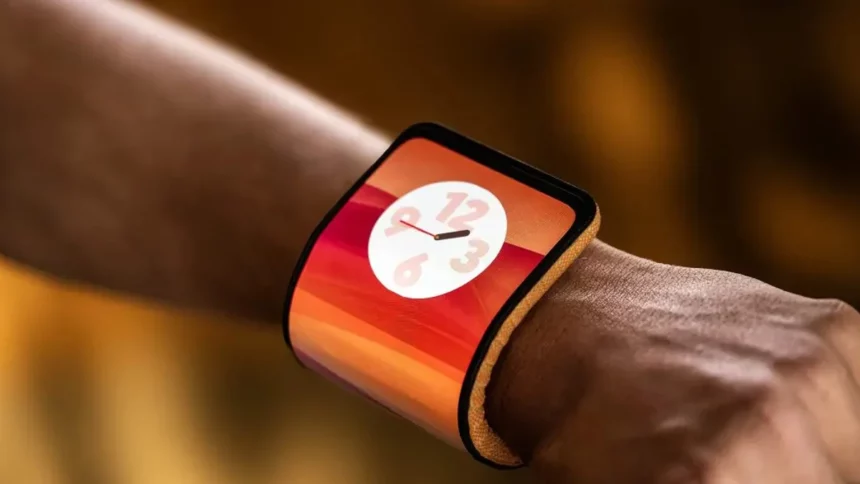Foldable phones are set to get mainstream with prices likely to come down over the coming quarters and higher adoption among consumers. While 2022 saw just a handful of brands introducing their foldable models, 2023 saw foldables taking a higher share of smartphone brands’ portfolios. In 2024, the trend is only going to pick up pace with each brand having a foldable in its portfolio and those having taken the plunge earlier taking a larger share of the market. Rollable screens also made their presence felt in some concept phones this year. But, Motorola may well push the envelope in this case with its concept ‘bendable phone’ which uses plastic OLED screen to make flexible display, referred to as FHD+ pOLED. The screen is 6.9 inch display when flat, but can be bent to a U shape and even worn as a smartwatch.
Smart everything

Connected devices are set to make their presence felt with categories such as personal computers, entertainment systems, home infrastructure, home appliances, convenience-based appliances, electronics and security equipment becoming smart. However, a critical point here will be the value addition that these products bring to consumers. “There is a need to add significant value in these devices to get consumers excited, furthering the growth of the overall market. We are already seeing smartphone market stagnating. In other smart devices, we have scope if we improve the value quotient for consumers,” said Faisal Kawoosa, chief analyst and founder, Techarc.
AI in hardware
The Humane AI pin best describes what AI can do in hardware. The pin makes screens virtually unnecessary as the small square-shaped device uses laser-ink to project a screen-like user interface on one’s hand. Functions such as calling, messaging, translation and app-interface may well change if AI itself connects with services that function in the cloud, the way the Humane AI pin does. The same principles could be applied in other form factors, making the combination of AI with hardware that much more interesting in terms of the possibilities it could offer. Since smartphone screens are nowhere close to being removed from our everyday use, what AI can do with that kind of display hardware would also be interesting to see.
For more such content, keep reading @techinnews



